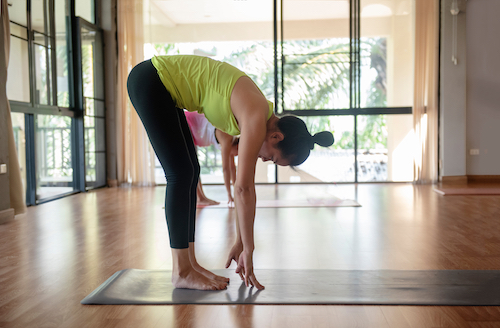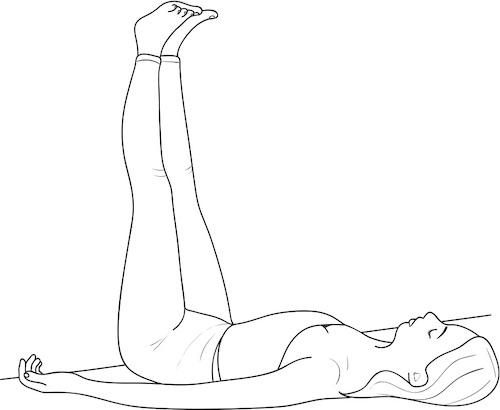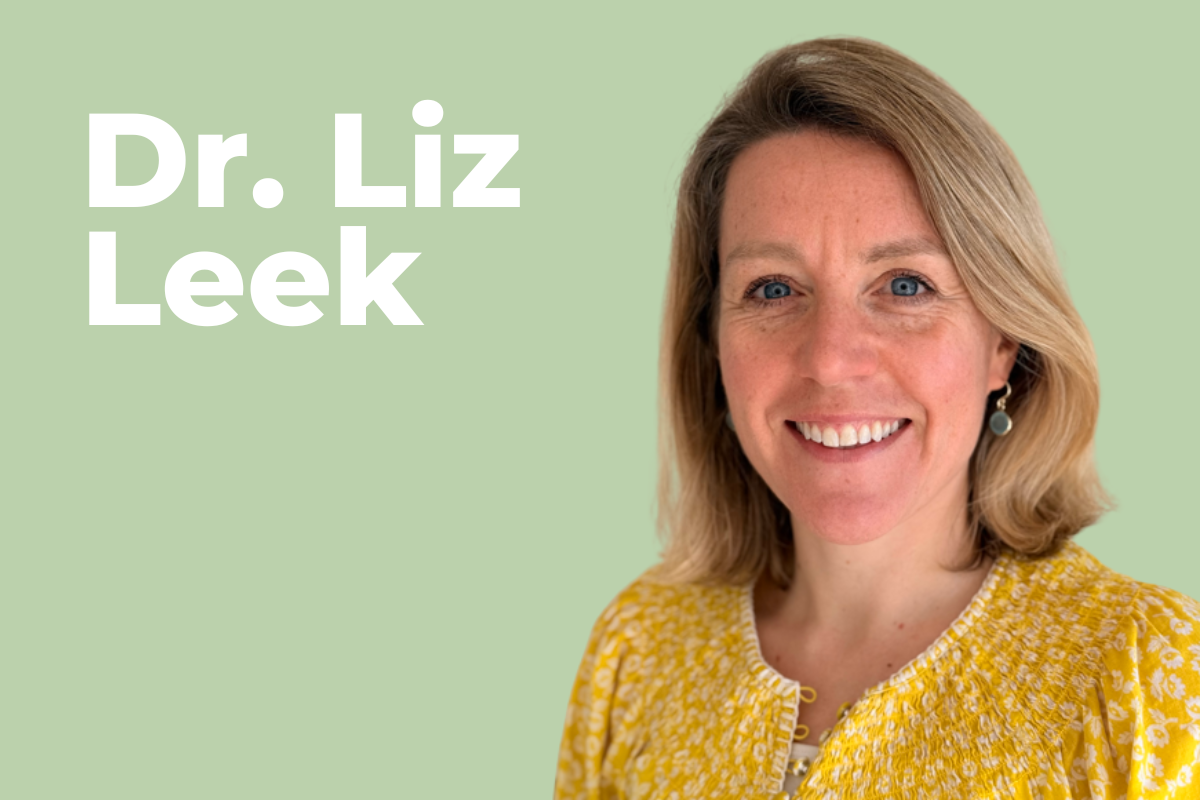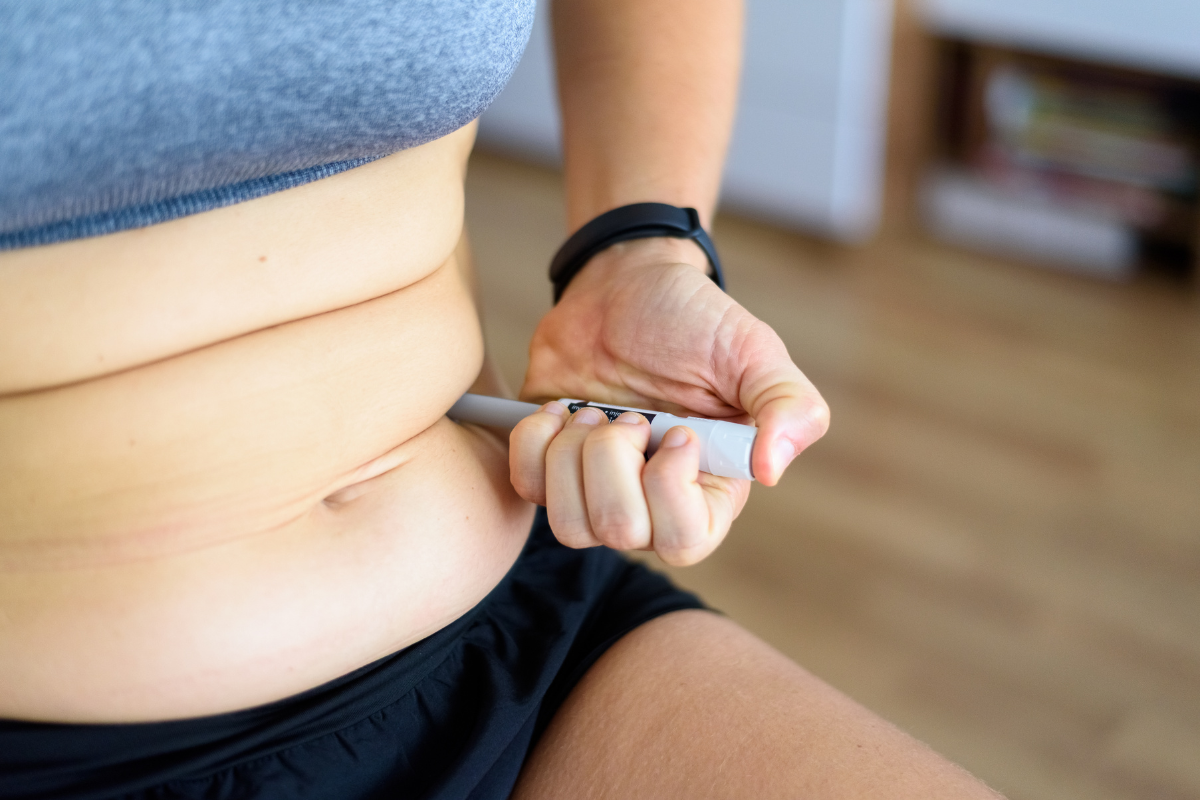
Minds@Work, the movement for mental wellbeing in the workplace took their March 2019 meeting to the KPMG offices at Canary Wharf. The evening encouraged women to instigate the development of menopause policies that normalise menopause in their workplaces. After all, as Diane Danzebrink, driving force behind the Make Menopause Matter campaign pointed out, “Not every woman will choose to have children. Everyone will have a menopause.”
Menopause still not well recognised in the workplace
Menopausal symptoms don’t just occur outside of the working day. If anxiety and irritability are present at home they will be present during working hours too. Poor quality sleep exacerbates many symptoms, not least problems with concentrating. Many women keep their menopause a secret for fear of revealing a weakness. The BBC commissioned Comres to run a survey about experiences of the menopause. The results, published in January 2018, showed that 70% of the 1,009 women aged 50-60 who were interviewed hadn’t told their managers that they were experiencing symptoms. Yet 41% of the survey group said that it had affected their work.
Yoga and menopause
GPs routinely recommend exercise for building bone strength, optimising metabolism and managing weight. Prescribing of yoga is less prevalent. Holger Cramer and a team at the University of Duisburg-Essen in Germany conducted a systematic review and meta-analysis of yoga for menopausal symptoms. The results published in the journal Maturitas concluded that yoga seems to be effective and safe for reducing menopausal symptoms and that the effects are comparable to those of other exercise interventions.
“Nothing is more important for the woman experiencing the transitions of menopause than the regular practice of relaxation.”
So says the grande dame of restorative yoga Judith Lasater (2011). Her book Relax and Renew provides some lovely long-held restorative postures that activate the parasympathetic nervous system to increase the feeling of relaxation. Many yogic interventions for menopausal symptoms do suggest long-held floor-based restorative postures. Less seems to have been written about how dynamic and strong standing poses help to metabolise cortisol.
The cortisol connection
We produce cortisol in response to stress; it is a steroid hormone that is secreted by the adrenal glands and floods the body as part of the fight or flight response. It takes a long time to wear off if we don’t need to fight or flee any tigers.
In a balanced nervous system cortisol is routinely released in the morning; this is good, it gets us out of bed. Levels should drop by the evening as melatonin the sleep hormone is released by the pineal gland. Excessive stress can produce an excess of cortisol. This is can supress the release of melatonin which might contribute to sleep problems. Yoga can go some way to promoting hormonal balance by helping to quell the release of cortisol. Exercising in the morning can help to manage insomnia and anxiety because physical activity speeds up metabolic processes so that excess cortisol is used up more quickly by the cells.
Just 10 minutes practice in the morning, at lunch time and again in the evening can make a real difference to your experience of the workplace.
Before work
Find a sun salutation practice that is accessible to you and aim to practice it every day for ten minutes. Sun salutations get the breath flowing and move the body through back bends and forward bends. Matching the length of the breath to the length of the movement, making it as slow and subtle as possible, and prioritising a long exhale will help to relax the nervous system.
Find your own way
There are lots of modified versions of the sequence that you can copy in books and online. Be careful of damaging your knees; don’t extend them over your ankles in the lunges. You don’t need to jump athletically back from a forward bend to a plank pose and you don’t need to take one huge step forward to gracefully place your foot next to your hands. Easy does it. Slow and steady. It is better to modify the practice initially than injure yourself through repetitive mis-alignment. You will notice that you develop upper body strength and general fitness quite quickly.
During the working day
In most workplaces it can be difficult to roll out a yoga mat and do a full practice but there are mini practices that we can do to create a temporary burst of energy or relax us if we are feeling frazzled. If you have access to a multi-faith prayer room, a wellness space or even an empty office or meeting room at your work place that’s great. As the weather improves the park or a garden square would be ideal.
Although it might seem like a good idea to just lie down and do some gentle restorative poses at lunch time, if we are anxious it can be difficult to just sit and breathe; we need to work off the nervous energy first.
Notice the quality of your breath
Try just raising the arms above the head on an inhale and bring them back to the thighs on the exhale, matching the length of the breath with the length of the movement. Repeat that 6 times. Now take your arms out to the sides palms facing down and stay there for 6 breaths consciously steadying and elongating the breath. Let your hands drop to your thighs. Lift your arms up to horizontal once more and rotate the palms up to face the ceiling, stay there for six breaths and again let the palms drop to your thighs. Finish by taking a few repetitions of a standing forward bend followed by staying in the forward bend for 3-6 breaths. Be careful with the forward bend if you have lower back pain or blood pressure issues. Follow this with a brief spell lying down if possible, if not, sit quietly with the eyes closed. Let the world carry on without you for a few minutes.
After work
If you can do just one thing to be kind to yourself at the end of the day then try lying down with your legs up the wall for five to ten minutes. Do seek the advice of your doctor if you have a circulatory, blood pressure or heart condition that you are managing.
Maybe in the not too distant future your organisation will have a menopause policy and a designated relaxation space where lying down and putting your legs up the wall will be quite acceptable.
For more info contact: laura@slowyogalondon.com
Also read:
You are unique and your yoga practice can be too
How weight impacts menopause symptoms
5 best meditation apps to reduce stress





